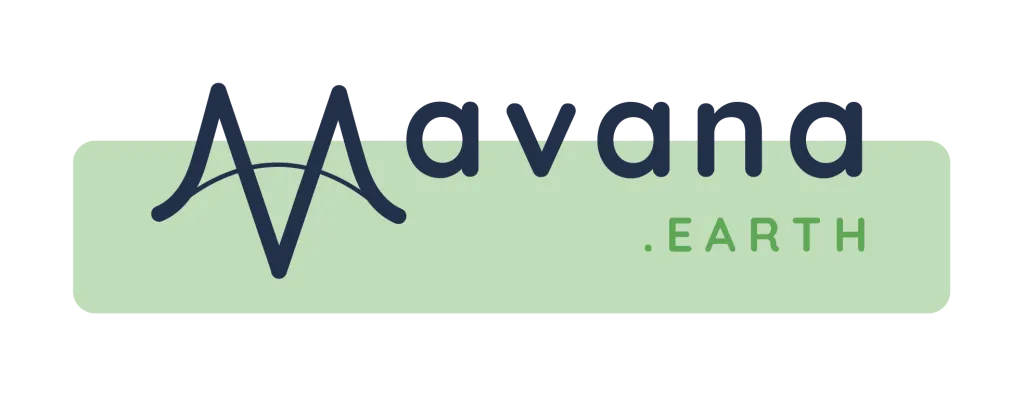
When it comes to IoT (Internet Of Things) for businesses, the main benefits put forward are improved economic and organizational performance. In a complex environmental context, companies are accelerating their energy transition, and are therefore looking for innovative solutions that will enable them to better control their energy and water consumption, while ensuring the comfort of their employees.
To help you get a clearer picture, we spoke to Gillo Alain MALPART, co-founder of Mavana and an expert in digital energy transition. In this interview, find out more about the challenges of building energy management, and discover how the IoT can help companies make the transition.
How do you define energy transition for businesses? What’s at stake?
Gillo Alain: “There are many reasons for a company to embark on an energy transition, but in my view the most important is to identify and reduce its dependence on fossil fuels.
Acting for its energy transition means above all implementing actions to sustain the driving force behind its economic activity: faced with growing tensions in energy supply, how will the company react? What can be done to reduce risks? This transition also enables us to adapt our strategy to the impacts of climate change, and to withstand the resulting hazards. The increasing intensity of climatic events, rising energy bills, and changes in practices – and even regulations – are all challenges that companies will have to face. The ideal is to be able to anticipate as much as possible, so as to transform in time and remain relevant.“
In concrete terms, what actions can we take?
G A : “Before launching major actions, it’s important to make teams aware of the issues involved in the transition, so as to mobilize them collectively around the company’s new projects. Grasping these issues is the key to initiating a common movement. To this end, organizing conferences or playful workshops within the company has proven to be an effective way of mobilizing teams. It’s a formula that works very well, whatever the size or nature of the company. This awareness-raising stage often leads to a movement that helps to allay the growing concerns of people who feel eco-anxious (anxiety about the future in the face of environmental problems).
The second step we recommend is, of course, to assess the impact of the company’s activities. This enables targeted actions to be developed and prioritized according to their relevance, taking into account criteria specific to each company. There are many tools available for evaluating a project, a product, a service or even an entire organization. Consequently, choosing the right tool or methodology for your situation can be complex. It is therefore essential to enlist the support of experts who can provide detailed answers to the needs of each company.
These first two phases of awareness-raising and assessment can be relatively concise, and prepare an organization to deploy a transition plan. Such a program will ideally include measures to avoid incidental impacts (through sobriety), reduce non-avoidable impacts (through efficiency), and offset residual impacts (through compensatory actions).”
How do you calculate your company’s ecological impact?
G A : “As I mentioned earlier, there are a number of tools that companies can use to assess the environmental impact of their activities. Take, for example, the Bilan Carbone® approach, which is the most widely used tool because it addresses the issue of climate change: it is a structured method for measuring the greenhouse gas (GHG) emissions of an organization or project. The Bilan Carbone® calculates not only the emissions induced by a company’s activity, but also identifies its dependence on fossil fuels and their economic impact. It also enables us to identify ways of reducing these emissions and dependence.
The good news is that there are funding programs available to help companies make the transition. At Mavana, for example, we have set up CollèGES, a collective training and Bilan Carbone® program. […]
[…]Obviously, there are other calculation methods that can be used to assess different impacts, such as the water footprint or soil artificialisation, among others.”
How can IoT support companies’ energy transition?
G A: “The Internet-of-Things and digital technologies in the broadest sense are powerful tools which, if used wisely and under the right conditions, can help companies with their energy transition. Sectors traditionally seen as major beneficiaries of IoT are energy distribution management and intelligent building management, to avoid energy losses and save money. But the IoT can also be useful in managing waste on a production line or optimizing logistics for a transport company, for example.
Read More: IoT for smart-building
However, it remains crucial to assess the direct and indirect environmental impact of these technologies. We need to bear in mind that the manufacture, maintenance and use of these connected objects induce environmental damage, sometimes in an obvious way (direct effects), but sometimes in a roundabout way (indirect effects), such as the rebound effect. The rebound effect refers to the fact that an efficiency made possible by technology leads to an increase in consumption or production, which ultimately results in greater overall damage. It is therefore essential that their deployment is relevant and measured. This can be done using another environmental quantification methodology, such as Life Cycle Assessment (raw material extraction, production, use, distribution and end-of-life) or Project Footprint measurement.”
What role will the IoT play in companies’ energy transition in the years ahead?
G A: “As a general rule, the IoT seems relevant in situations where there is a transfer of energy, material or people, because this technology enables remote supervision (to avoid transfers of people) and the automation of decisions for locations without local human assistance (e.g. isolated or dangerous locations).
If current trends continue, France could have almost 800 million connected objects by 2030. Unfortunately, this trend is not compatible with the environmental footprint reduction targets set as part of the Paris Agreements: given the direct environmental impacts of the IoT, the ideal would be no more than 250 million connected objects (the 2020 level). And even at this level, it will be essential to generalize eco-design approaches! These aim not only to minimize the material and energy consumption of IoT objects, but also to rethink the underlying fundamental principles.
So we need to be discerning, and reserve the use of these objects for the most critical areas. But the question remains: how do we choose these areas? This is more a question of narrative and the vision of society we want to implement, rather than the discussions of technology experts.
Whatever the case, the IoT is already playing an important role, and I invite all companies in this sector to commit to an eco-design approach right now. It’s the best way to kick-start their transition and imagine a desirable future for their business.”

About Mavana
Mavana supports organizations of all sizes, both public and private, in identifying, assessing and reducing their environmental impacts. Our work is particularly focused on the operational improvements made possible by digital technologies, especially the Internet-of-Things (IoT).


